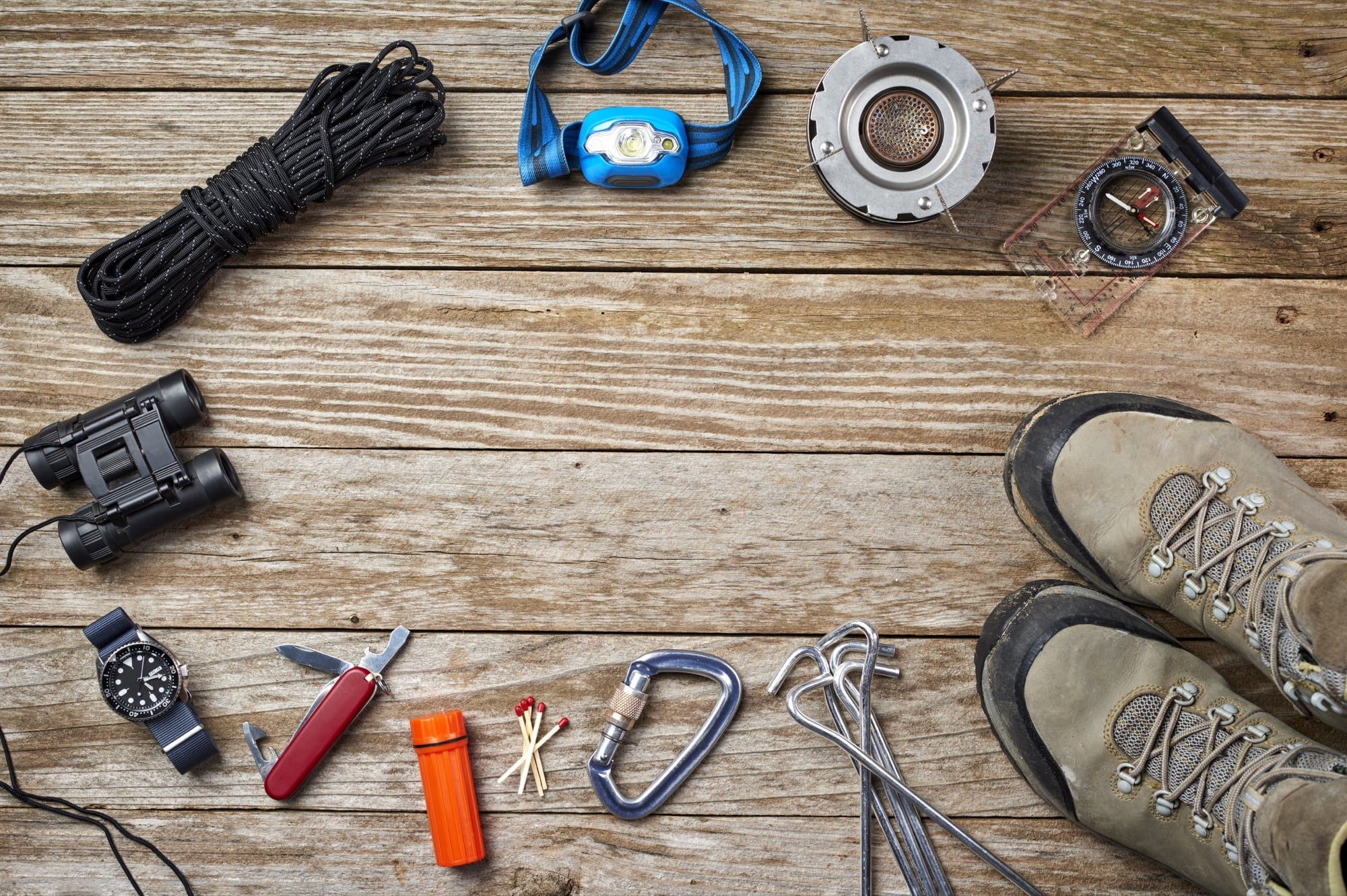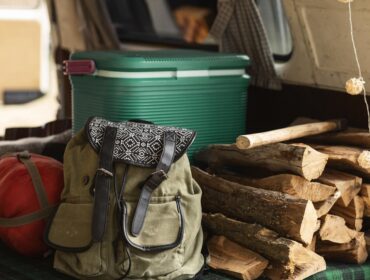This is the second of a 5-part series on disaster preparedness and how to formulate your own plan. Check out yesterday’s post to get caught up.
When it comes to disaster preparedness, there are two main types of plans: bugging in or bugging out. Which of these plans you choose will largely depend on where your home is located and how isolated it may be from danger or irreparable damage. Because you can never predict whether these factors will be true of your current home, it is advisable to have a plan for bugging in and bugging out.
Bugging In
 The phrase “bugging in” is a twist on the phrase “bugging out,” which has its origins in the military. Units would be ordered to “bug out” if their position was likely to be overrun by hostile forces and could not be defended to a pre-designated position that was defensible. This is exactly what you are trying to achieve by bugging out in the event of a disaster.
The phrase “bugging in” is a twist on the phrase “bugging out,” which has its origins in the military. Units would be ordered to “bug out” if their position was likely to be overrun by hostile forces and could not be defended to a pre-designated position that was defensible. This is exactly what you are trying to achieve by bugging out in the event of a disaster.
When “bugging in,” however, you’re operating on the knowledge that your home is a defensible position, a fortress, and that you can survive for a length of time on your own stockpiled resources. Many preppers whose disaster preparedness plan is to bug in have constructed underground bunkers stocked with food, water, arms and ammunition, and medical supplies — enough to sustain whatever length of time they believe is realistic.
In order to effectively bug in, your home needs to be able to withstand environmental disasters, fend off bandits, and provide energy and other resources you’ll need to survive for as long as possible. One strong advantage of bugging in is that you can continue to fortify your structure and property as necessary to become even more impenetrable.
Bugging Out
Quite contrary to bugging in, bugging out requires you to compile within a container (a backpack is preferable in case you need to travel long distances on foot) everything you need to survive outside of your home for at least 72 hours. The 72-hour time frame is based on a recommendation from emergency personnel, who warn that it may be that long before they can reach you in a large scale disaster.
Many of the items that go in your bug out bag will be useful for much longer than 72 hours. These can include knives, paracord, first aid kit, signaling device, extra clothing, shelter materials (emergency blankets are great multi-use survival tools), water filtration or purification, firestarters, stoves and cookware, etc. If your bug out bag has room for more than 72 hours worth of food and water after you pack the survival essentials, pack as much as you can carry.
 Where will you be bugging out? Establishing a destination, or even just a meeting point if you have friends and family bugging out as well, is crucial to your disaster preparedness plan. Choose a place that is relatively safe, defensible, and able to withstand possible environmental damage in the event the disaster continues.
Where will you be bugging out? Establishing a destination, or even just a meeting point if you have friends and family bugging out as well, is crucial to your disaster preparedness plan. Choose a place that is relatively safe, defensible, and able to withstand possible environmental damage in the event the disaster continues.
Check back for tomorrow’s installment of our series on disaster preparedness for some great advice on how to build your bug out bag and choose a suitable shelter!




